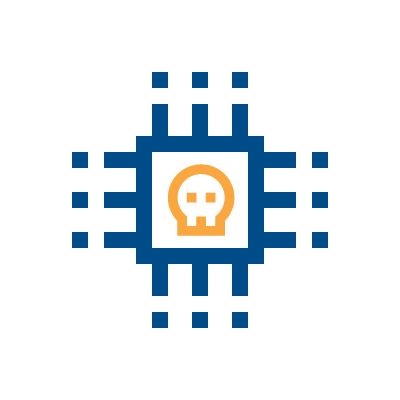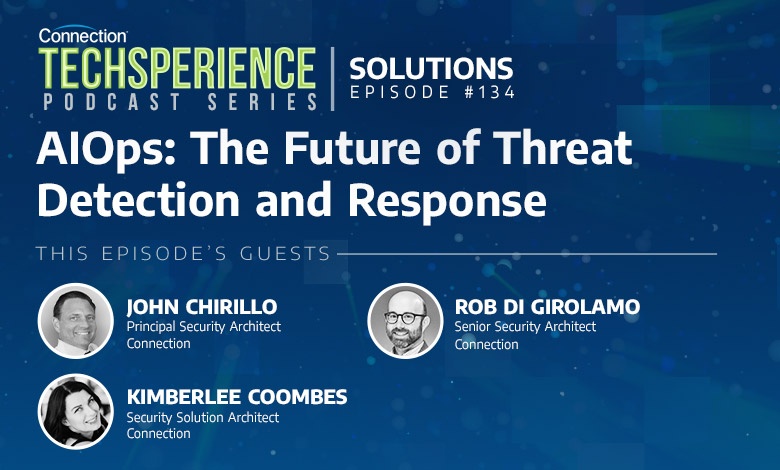HOW TO PROTECT DATA AND DEVICES
Evolving Trends in Malware Analysis
By John ChirilloThe landscape of malware analysis has significantly evolved, driven by the increasing sophistication of cyberthreats and the advanced techniques being developed to combat them.
This article explores the key trends shaping the field of malware analysis, highlighting the challenges and innovations for business and cybersecurity leaders.
HOW TO PROTECT DATA AND DEVICES
Evolving Trends in Malware Analysis
By John ChirilloThe landscape of malware analysis has significantly evolved, driven by the increasing sophistication of cyberthreats and the advanced techniques being developed to combat them.
This article explores the key trends shaping the field of malware analysis, highlighting the challenges and innovations for business and cybersecurity leaders.
AI-powered Malware
Malware attacks on U.S. businesses have increased by 30% in the last year with many organizations experiencing data theft from such attacks.¹ In Q3, 2024 the average weekly number of cyberattacks per organization increased to an all-time high of 1,876—a 75% increase from the same period in 2023 and a 15% increase from the previous quarter.²
One of the most notable trends in 2024 was the rise of AI-powered malware. These malicious programs leverage artificial intelligence to adapt and evade traditional security measures. AI-powered malware can learn from its environment, making it more difficult to detect and neutralize. This poses significant challenges for cybersecurity professionals, who must develop equally advanced techniques to counter these threats. The dynamic nature of AI-powered malware requires continuous monitoring and adaptation of security protocols to stay ahead of potential attacks.
AI-powered Malware
Malware attacks on U.S. businesses have increased by 30% in the last year with many organizations experiencing data theft from such attacks.¹ In Q3, 2024 the average weekly number of cyberattacks per organization increased to an all-time high of 1,876—a 75% increase from the same period in 2023 and a 15% increase from the previous quarter.²
One of the most notable trends in 2024 was the rise of AI-powered malware. These malicious programs leverage artificial intelligence to adapt and evade traditional security measures. AI-powered malware can learn from its environment, making it more difficult to detect and neutralize. This poses significant challenges for cybersecurity professionals, who must develop equally advanced techniques to counter these threats. The dynamic nature of AI-powered malware requires continuous monitoring and adaptation of security protocols to stay ahead of potential attacks.
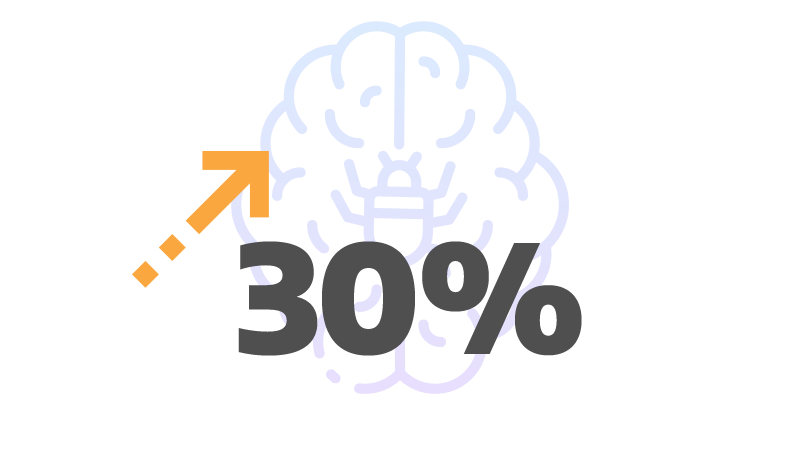
Change Happens. EXPERTISE WINS.™
Get expert guidance from Cybersecurity Specialists that have decades of experience understanding the security needs of organizations.Talk to an Expert
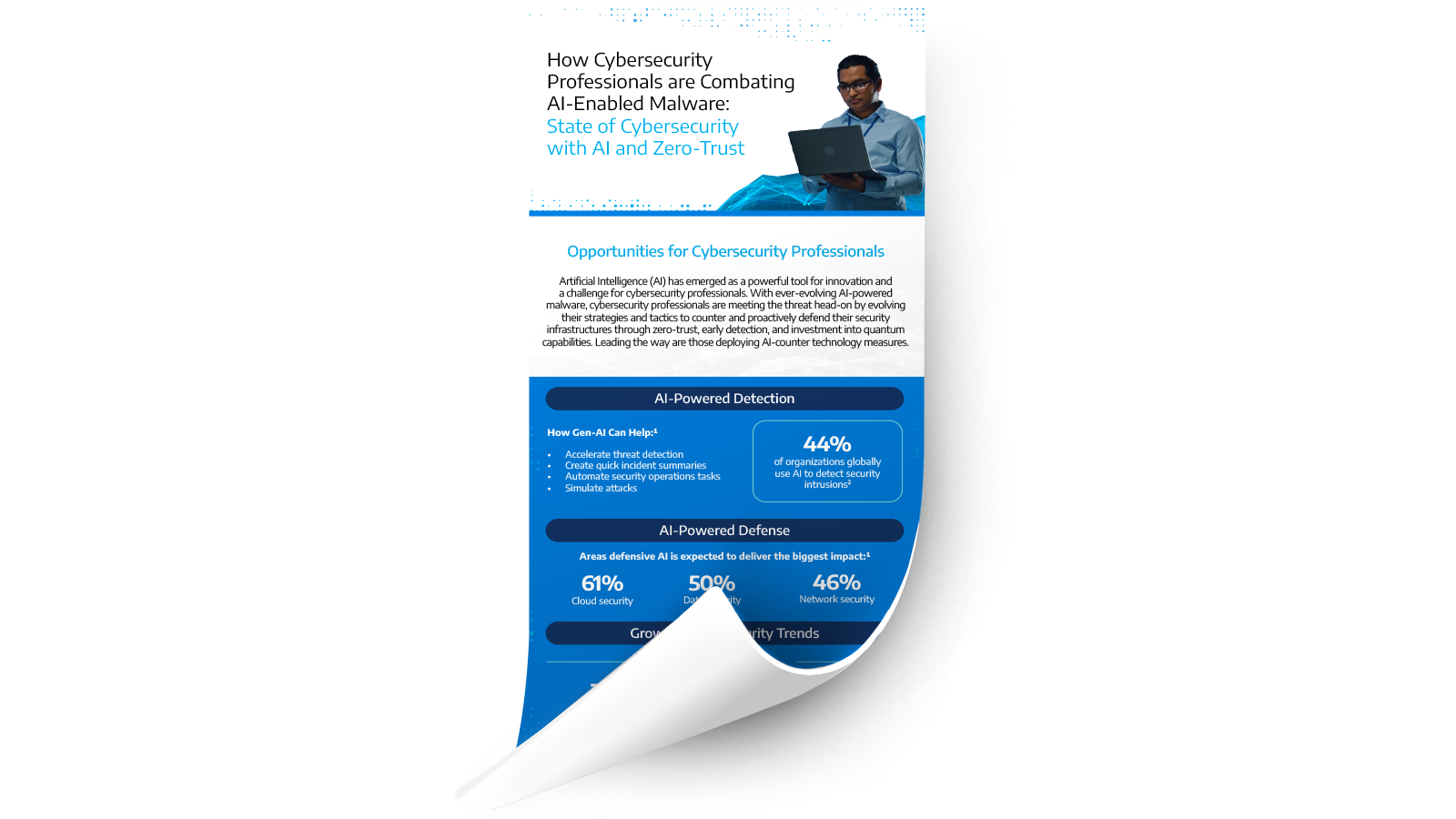
How Cybersecurity Professionals Are Combating AI-enabled Malware: The State of Cybersecurity with AI and Zero Trust
Real-world statistics behind today’s AI-powered cybersecurity threats.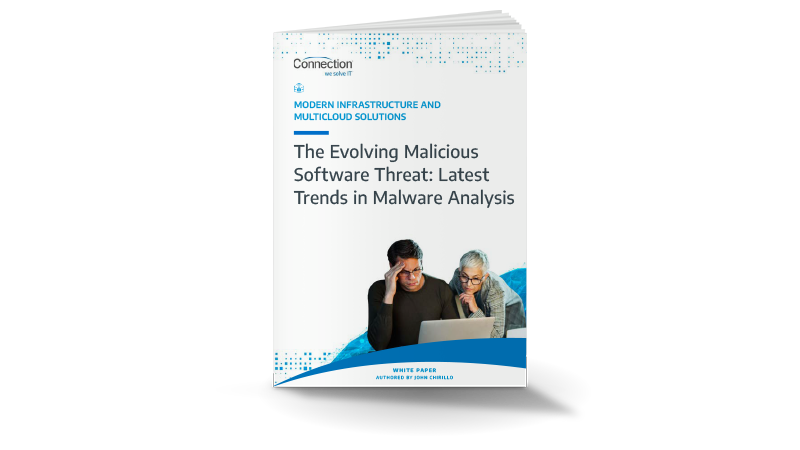
The Evolving Malicious Software Threat: Latest Trends in Malware Analysis
Read our white paper to learn more about the evolving landscape of malware threats and how AI is reshaping the cybersecurity battlefield.Supply Chain Attacks
Polymorphic and Metamorphic Malware
Polymorphic and metamorphic malware are designed to constantly alter their code structure to evade detection. Polymorphic malware changes its appearance with each infection, while metamorphic malware rewrites its code entirely. These techniques make it challenging for traditional signature-based detection methods to identify the malware. Hybrid analysis methodologies that focus on invariant components of the malware are essential for effective detection and mitigation.Cross-platform Malware
Cross-platform malware is capable of infecting multiple operating systems, posing a significant threat to diverse computing environments. This type of malware requires analysts to have a deep understanding of various platforms and develop versatile analysis tools. The ability of cross-platform malware to spread across different systems underscores the need for comprehensive security strategies that encompass all potential targets.

Conclusion
In the ever-evolving landscape of cyber threats, threat intelligence plays a crucial role in understanding the broader context of attacks. By gathering and analyzing data on emerging threats, cybersecurity professionals can develop proactive defense measures and enhance their malware analysis capabilities. Threat intelligence enables organizations to stay ahead of potential attacks and respond effectively to new and evolving threats.
About the Author
John Chirillo is a Principal Security Architect at Connection in the Security Center of Excellence. He’s a seasoned ethical hacker, programmer, author of several books, and is specialized in forensics, malware analysis, and managed compliance using AIOps.
Connection Community
A Pulse on the State of Cybersecurity in...
The healthcare industry is currently facing an unprecedented wave of cyber threats. In 2024 alone, healthcare organizations experienced an average... Read More
TechSperience Episode 135: Unveiling the...
In a world where hospitals rely on interconnected medical devices to save lives, there are continuous hidden vulnerabilities lurking beneath... Read More
TechSperience Episode 134: AIOps – The...
Artificial intelligence for IT security operations (AISecOps) is revolutionizing cybersecurity. In this episode, we discuss how AI and machine learning... Read More
OT Cybersecurity Can No Longer Be Ignored
The threat of cyberattacks is escalating at a terrifying rate. A staggering 84% of businesses surveyed experienced at least one... Read More
TechSperience Episode 133: From Chaos to...
In this episode, our Security Center of Excellence team delves into a real-world cybersecurity mystery and its unexpected solution. This... Read More
Ready to talk about Modern Infrastructure Solutions?
Call a Connection expert today.
Expert Advice Is Just a Click Away!
- Check Point Research, 2024, Check Point Research Reports Highest Increase of Global Cyber Attacks seen in last two years – a 30% Increase in Q2 2024 Global Cyber Attacks2.
- Check Point Research, 2024, A Closer Look at Q3 2024: 75% Surge in Cyber Attacks Worldwide
- PWC, 2024, Global Digital Trust Insights
